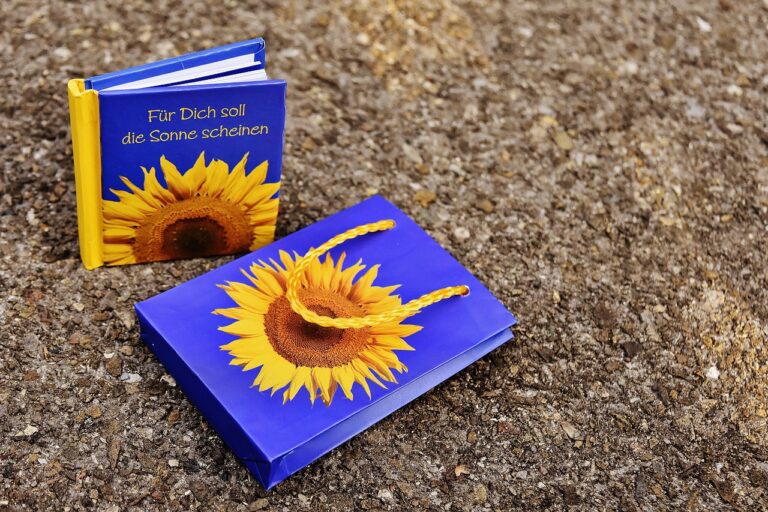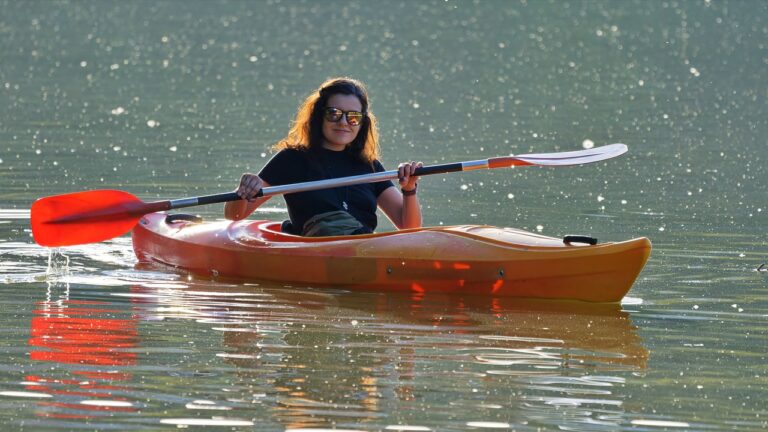The Role of Museums and Cultural Institutions in Education
Museum visits offer a unique opportunity for individuals to engage with history, art, and culture in a tangible way. By interacting with artifacts and exhibits firsthand, visitors can deepen their understanding and appreciation of different subjects. This hands-on approach to learning not only enhances retention and comprehension but also fosters a sense of connection to the material being presented.
Moreover, experiential learning through museum visits can spark curiosity and inspire further exploration. Encountering a diverse range of perspectives and narratives in a museum setting encourages visitors to think critically and reflect on their own beliefs and assumptions. This active participation in the learning process promotes intellectual growth and encourages individuals to develop empathy and open-mindedness towards different cultures and ideas.
Importance of Hands-on Activities in Cultural Institutions
Hands-on activities play a crucial role in cultural institutions by providing visitors with a more engaging and immersive learning experience. By actively participating in activities such as interactive exhibits, workshops, and demonstrations, visitors are able to connect more deeply with the content presented. This hands-on approach helps to stimulate their senses and enhance their understanding and appreciation of the cultural artifacts and information being shared.
Engaging in hands-on activities in cultural institutions also fosters a sense of creativity and curiosity among visitors of all ages. Through tactile experiences and experimentation, individuals are encouraged to think creatively and explore new ideas. This not only enriches their overall museum experience but also cultivates a deeper interest in learning and a greater willingness to engage with different cultures and historical periods.
Promoting Critical Thinking Skills in Educational Settings
Critically engaging with educational material is a fundamental aspect of fostering critical thinking skills in students. Encouraging students to analyze, question, and evaluate information presented to them is crucial in developing their ability to think independently and make informed decisions. By incorporating activities that require students to apply their knowledge to real-world scenarios, educators can effectively promote deeper levels of thinking and problem-solving skills.
In educational settings, it is essential to provide students with opportunities to explore diverse perspectives and challenge their existing beliefs. By exposing students to a variety of viewpoints and encouraging them to engage in discussions and debates, educators can help them develop their ability to think critically and objectively. Additionally, integrating assignments that require students to research, analyze data, and draw their conclusions can further enhance their critical thinking skills and prepare them for academic and professional success.
How can museum visits benefit critical thinking skills in educational settings?
Museum visits provide hands-on, experiential learning opportunities that engage students in critical thinking exercises. By interacting with artifacts and exhibits, students are able to analyze, evaluate, and synthesize information in a real-world context.
Why are hands-on activities important in cultural institutions?
Hands-on activities in cultural institutions allow students to actively engage with the material, fostering a deeper understanding of the subject matter. This interactive approach encourages critical thinking skills by prompting students to ask questions, make connections, and draw conclusions.
How can educators promote critical thinking skills in educational settings?
Educators can promote critical thinking skills by incorporating experiential learning opportunities, such as museum visits and hands-on activities, into their lesson plans. By providing students with engaging and interactive experiences, educators can help cultivate a deeper level of critical thinking and analysis.







